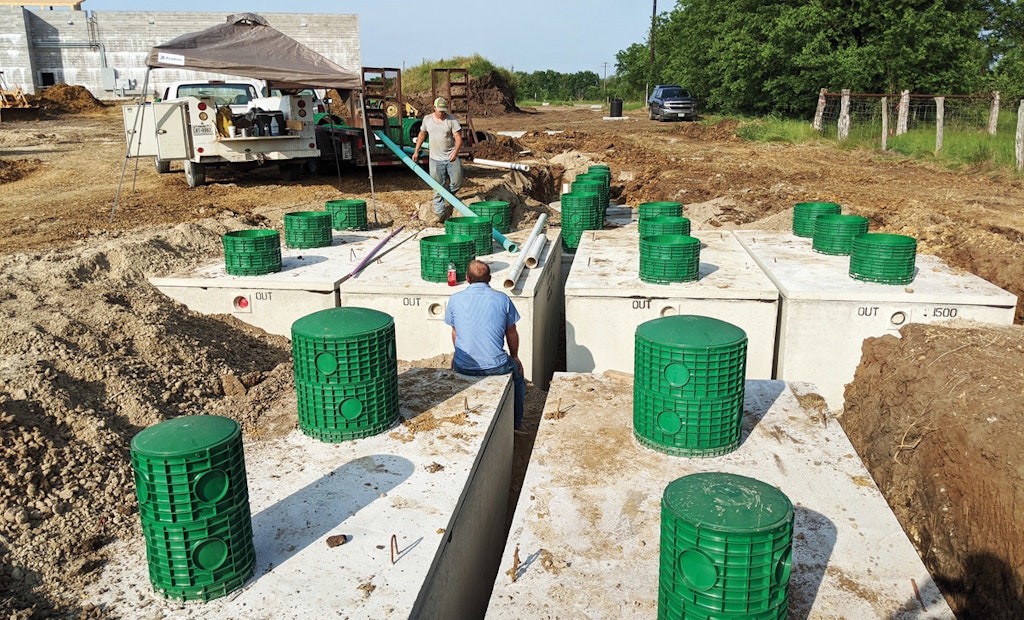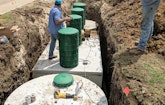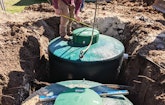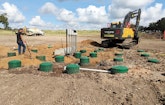
Al, sitting, and Eric Bob work on the installation of a Solar Aerobics onsite system at a convenience store. South Texas Aerobics cast the tanks and risers and lids are from TUF-TITE.
The soil is poor and the summers are brutal, yet it is in this part of Texas Al and Vonda “Sissy” Bob have built South Texas Aerobics into a thriving business. Based in Caldwell, about 100 miles northwest of Houston, the company is so successful that the couple often refers...










